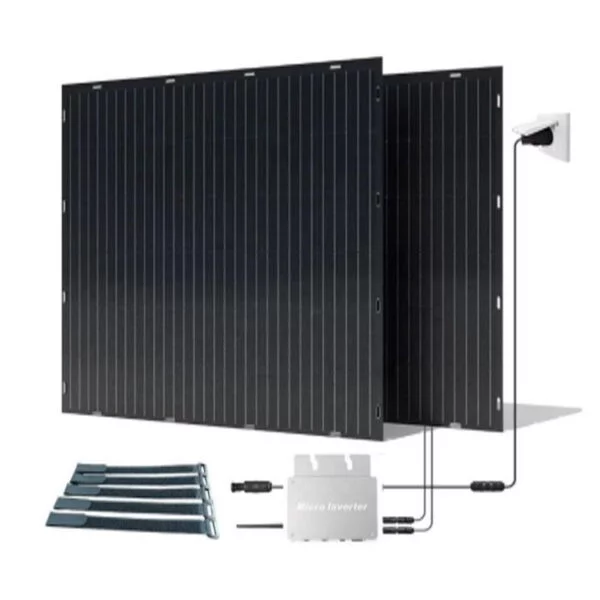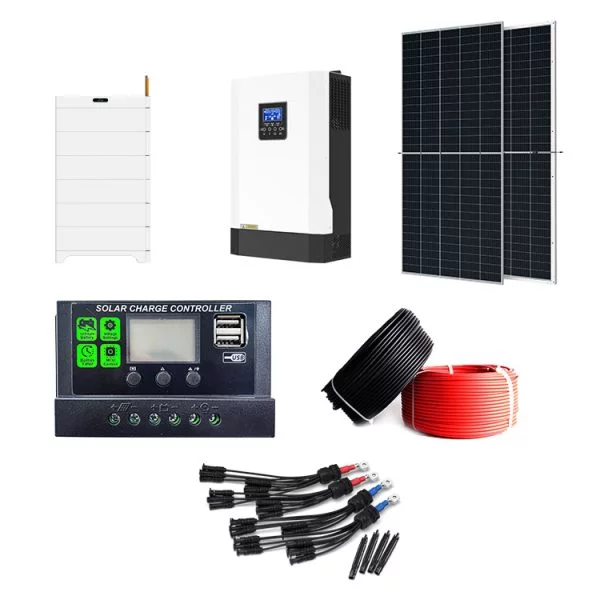HOT PRODUCT
Product Details
the Aesthetics Of Amorphous Flexible Solar Panels In Architecture
The Aesthetics of Amorphous Flexible Solar Panels in Architecture
As society continues to prioritize sustainable and renewable energy sources, the integration of solar power into architecture has become increasingly important. While traditional solar panels are widely used for energy production, amorphous flexible solar panels offer a unique and versatile alternative that brings a new dimension to the aesthetics of architectural design. This article explores the aesthetic impact of these innovative solar panels on the built environment and discusses their benefits and potential applications.
Amorphous flexible solar panels, also known as thin-film solar panels, are made from non-crystalline materials, such as amorphous silicon or cadmium telluride. Unlike rigid solar panels, which are bulky and limited in terms of installation options, these flexible alternatives can be seamlessly integrated into various architectural elements. This flexibility allows for a wide range of design possibilities, making them suitable for both new structures and retrofitting existing buildings.



One of the most significant aesthetic benefits of amorphous flexible solar panels is their ability to adapt to different surfaces and shapes. These panels can be curved, twisted, or even draped, enabling architects to incorporate them into unconventional forms and designs. This inherent flexibility allows for the creation of visually striking and dynamic architectural compositions, enhancing the overall aesthetic appeal of the building.

Moreover, the transparency of certain types of amorphous flexible solar panels enables architects to explore new ways of incorporating solar power into façade design. These transparent panels can be utilized as glazing or integrated into windows, allowing natural light to permeate the building while simultaneously generating electricity. This combination of energy efficiency and aesthetic elegance contributes to the creation of visually engaging and environmentally sustainable architecture.
The aesthetic attractiveness of amorphous flexible solar panels extends beyond their physical appearance. Their integration into the built environment reflects an organization or individual’s commitment to renewable energy solutions, making them a visible symbol of sustainability. Incorporating these panels into architectural designs can serve as a means of showcasing a building’s environmental consciousness, promoting awareness, and inspiring others to adopt renewable energy practices.
Additionally, the versatility of amorphous flexible solar panels offers architects the opportunity to address unique design challenges. These panels can be used to cover irregular surfaces, such as curved roofs, or integrated into lightweight structures where rigid panels are impractical. The ability to adapt to specific design requirements allows for the seamless integration of solar power into a variety of architectural styles, from modern and futuristic to traditional and historical.
Moreover, the lightweight nature of amorphous flexible solar panels presents an advantage in terms of installation and structural requirements. The reduced weight minimizes the load-bearing impact on the building, enabling architects to explore innovative design solutions without compromising structural integrity. This characteristic opens up new possibilities for the utilization of solar energy in countless architectural projects.
In conclusion, amorphous flexible solar panels offer exciting opportunities in terms of both aesthetics and sustainability in architecture. Their ability to seamlessly adapt to different surfaces and shapes, along with their transparent variants, allows for imaginative and visually striking design solutions. The integration of these panels not only enhances the aesthetic appeal of buildings but also serves as a visible symbol of a commitment to renewable energy. As architects strive for more sustainable practices, amorphous flexible solar panels become valuable tools in creating visually engaging, energy-efficient, and environmentally conscious architectural masterpieces.




